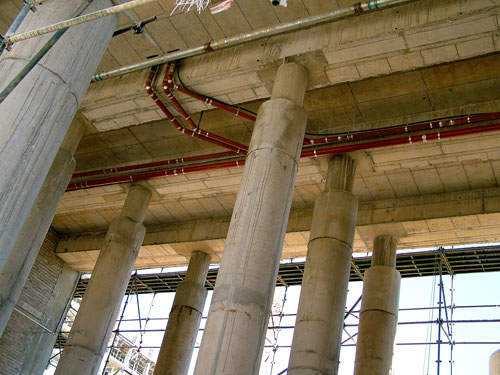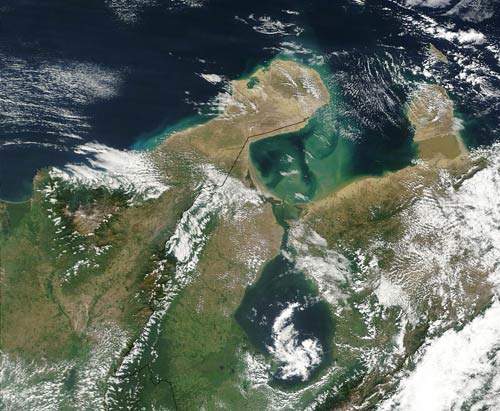The Perla gas field is situated in the Cardon IV block in the Gulf of Venezuela. Covering approximately 33km², the field lies at water depths of 60m.
Repsol is the operator of the field and owns a 50% stake. The remainder is held by Eni. The Cardon IV block is licensed by Eni and Repsol. The block was awarded in 2005 and is part of the Rafael Urdaneta gas project, which covers a 924km² area, and is situated in shallower water.
Petroleos de Venezuela SA (PDVSA) owns a 35% back-in right in the development phase. The right was exercised by PDVSA in 2014. Eni and Repsol each hold 32.5% of interest in the project.
Repsol’s reserves have been depleted over the past few years due to matured oil fields and production contracts in several South American countries. Therefore, the company plans to raise production through new discoveries offshore Brazil and Venezuela. Venezuela is focusing on expanding gas output and exporting LNG. Venezuela has a reported 179tcf of natural gas reserves. It held approximately 2.6% of total proven natural reserves in 2008.
Perla discovery and drilling
The Perla field was discovered in 1976. Exploration activities were carried out by the partners in 2009 to estimate the reserves present in the field. The Perla 1X well, also known as Pearl-1, is located about 50km from the coast.
The well had encountered a 240m hydrocarbon column by October 2009. The discovery was among the greatest hydrocarbons finds in the world in 2009.
During the production test, the well reported high-quality gas with a capacity of 600,000 cubic metres a day, and 500 barrels of condensate a day. It is expected that, in normal state, daily gas production per well will exceed one million cubic metres.
The well was drilled by the jack-up oil rig Ensco 68.
Drilled in April 2010, the Perla-2 well increased the reserve estimates by 30%. The well produced 1.4 million cubic metres a day of gas and 1,500 barrels of condensate a day during testing. It is expected to produce more than two million cubic metres a day of gas and 2,000 barrels of condensate a day under normal conditions.
A third well Perla-3, was drilled in November 2010. The well produced 1.9 million cubic metres a day of gas and 1,350 barrels of condensate a day. The well confirmed the high productivity of the field.
In February 2011, a fourth well named Perla-4 was drilled by the Offshore Vigilant jack-up rig. The well flowed at the rate of 17 million standard cubic feet a day of gas and 560 barrels of condensate a day.
Geology and reserves
The field is south of Gela field, above an interval of lower Jurassic shelf limestone. Marls and evaporite are present in layers below the reservoirs. The layers above the reservoirs contain Streppenosa shale.
The field is estimated to contain 16tcf of natural gas reserves.
Perla field development
The Perla field partners have completed the front-end engineering design (FEED) for the initial phase of the field development. The field came on stream in July 2015.
Eni plans to employ breakthrough technologies to enhance the project’s start-up.
The field is expected to produce 300 million cubic feet a day of natural gas on start-up. The initial phase of development involves drilling of wells that are connected to four offshore platforms. The platforms are connected to an onshore processing facility through a gas pipeline.
Future phases of development include the drilling of new production wells and modification of the processing facility to reach peak production levels of 1,200MMcf a day of natural gas.
Contractors involved with Perla field development
In October 2010, Foster Wheeler was awarded the contract to carry out the pre-FEED and FEED studies for the field development.





